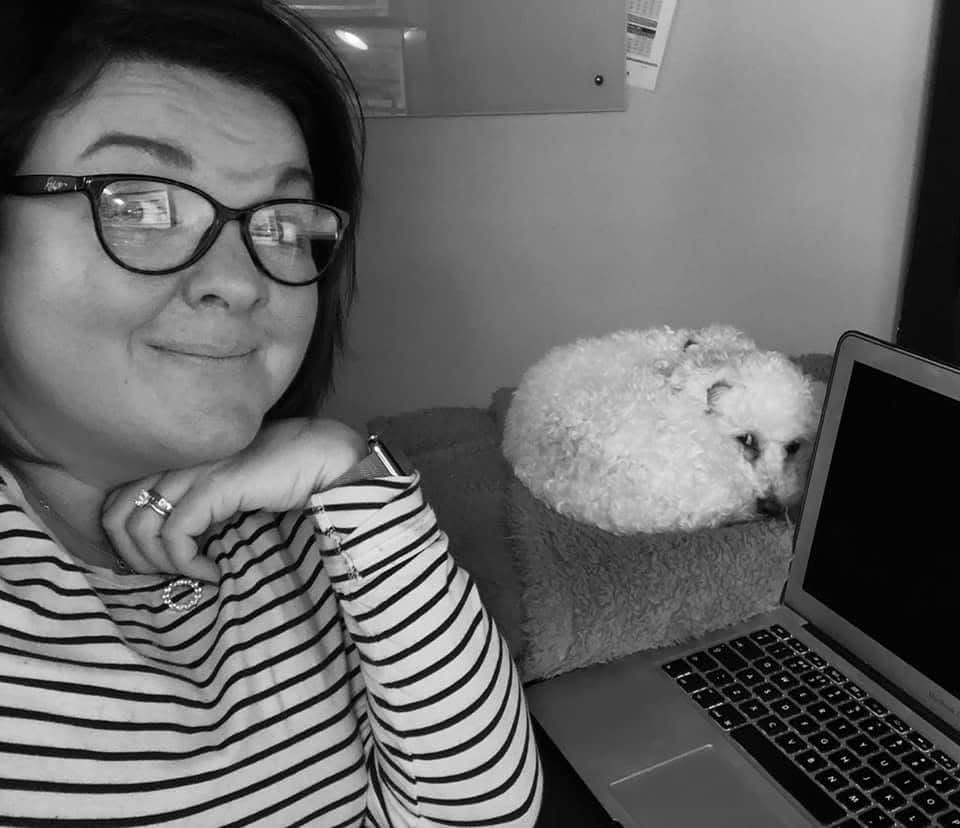"I’ve Seen This Before." Why Gut Feel Is a Strategic Advantage, Not a Soft Skill.

After three decades in business and communications, I’ve heard the same phrase more times than I can count: “We’ll need the data to back that up.” And rightly so. Good data matters. It shows us trends, exposes blind spots, and gives confidence to key decisions. But I’ve also learned something harder to measure and even harder to teach: gut feel. Not the reckless kind that ignores evidence, but the quiet confidence that comes from seeing patterns, reading signals, and recognising familiar shapes in unfamiliar territory. The sort of decision-making that says, “I’ve seen this before – maybe not exactly like this, but close enough to know what will probably happen next.” That’s not guesswork. That’s experience. And it is more powerful than we give it credit for.
This Week’s Lightbulb Moment
As part of my master’s in Marketing and Digital Communications, I’ve been exploring global media planning, a discipline built on data. And yet, this week’s work made me stop and think. For all the precision and performance metrics, it struck me that data doesn’t always tell the whole story. Gut feel lives in the gap between data and decision. And here’s the thing: what we call “gut feel” isn’t something we invent in the moment. It’s the accumulation of everything we’ve seen, heard, tried, and learned. It lives in the neural pathways formed by years of exposure, trial and error, small wins and hard lessons. In that sense, gut feel - or intuition is simply memory in motion. It’s a rapid-fire retrieval of patterns that our conscious mind can’t always articulate, but our instincts understand implicitly.
The Science Behind the Feeling
It would be easy to dismiss gut feel or intuition as soft skills – something vague or unprovable. But psychology and behavioural science back it up. Here are a few heavyweight ideas from the academic world that explain what’s really going on when seasoned professionals “just know”:
Dual-Process Theory: Daniel Kahneman (2011) explains that our brains work in two systems. System 1 is fast, intuitive, and emotional. It is the domain of gut feel. System 2 is slow, logical, and deliberate. It is the domain of data. Crucially, System 1 is not irrational. It is experience in action.
Tacit Knowledge: Michael Polanyi (1966) argued that “we know more than we can tell.” Much of what experts understand lives beneath the surface. It is not written down. It is internalised through years of exposure, pattern recognition, and consequence-based learning.
Skill Acquisition Theory: According to Dreyfus and Dreyfus (1980), as we move from novice to expert, we shift from relying on formal rules (data) to using context and intuition. That is the point where instinct becomes expertise.
Recognition-Primed Decision Model: Gary Klein (1998) found that in high-stakes environments, experts do not analyse every option. They quickly recognise familiar patterns and take action. That is not guesswork. It is learned judgement under pressure.
Why is This Important in Business and Marketing?
In communications and brand-building, not everything shows up in a dashboard. Culture shifts don’t always appear in a spreadsheet. You can’t always feel tone from a focus group. And the best creative ideas often start with a hunch, not a chart or report.
When Paul and I set up MOOCH, there were moments when the numbers said no, but our gut feel said yes. I’ve launched products, campaigns, and MOOCH was created mostly on gut feel, but never on zero insight. Because gut feel isn’t about winging it. It’s about combining what the data says with what your experience knows. This is especially true in my current studies on global media planning. Despite all the analytics and metrics, my instinct tells me that data alone can’t predict how a campaign will emotionally resonate or how audience behaviour might shift under unexpected circumstances. That is where experience-based judgement fills the gaps.
So, should you trust your gut? The answer is ...yes, but only if it is earned. If you have spent years noticing patterns, learning from mistakes, and making decisions with consequences, your instinct is not random. It is an edge.
Here is how I think about it:
Let the data set your direction.
Let experience fine-tune it.
Let gut feel guide you when things don’t add up.
Because when you balance both, magic happens.
Final Thought - It’s Not Either/Or...
The smartest decisions rarely rely on just one source of truth. Data gives you confidence. Experience brings clarity. Gut feel, when earned, is simply your past guiding your present.
References
Dreyfus, H. L. and Dreyfus, S. E. (1980) A Five-Stage Model of the Mental Activities Involved in Directed Skill Acquisition. Washington, D.C.: Storming Media.
Klein, G. (1998) Sources of Power: How People Make Decisions. Cambridge, MA: MIT Press.
Krämer, W. (2014) ‘Kahneman, D. (2011): Thinking, Fast and Slow’, Statistical Papers, 55(3), p. 915. doi: 10.1007/s00362-013-0533-y.
Polanyi – The Tacit Dimension [video]. Bing. Available at: https://www.bing.com/videos/riverview/relatedvideo?q=Polanyi%2c+M.+(1966)+The+Tacit+Dimension.+New+York%3a+Doubleday+%26+Company.&mid=FD455D5D4E1540E3C740FD455D5D4E1540E3C740&FORM=VIRE (Accessed: 13 June 2025).
The Decision Lab. (n.d.). System 1 and System 2 thinking. [online] The Decision Lab. Available at: https://thedecisionlab.com/reference-guide/philosophy/system-1-and-system-2-thinking [Accessed 13 Jun. 2025].

Hello! I'm Rachel - a communications expert, brand builder, strategist, former retail founder and master's student with over 25 years of experience helping businesses grow from the inside out. If you're interested in working with me - drop me a line.
Comments